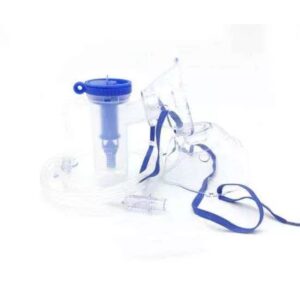Laravel 11 vs Symfony 7: What’s New and What Matters
As PHP development continues to evolve rapidly in 2025, the competition between Laravel 11 vs Symfony 7 has taken a new turn. Both frameworks have rolled out significant updates, setting the stage for a more refined, developer-friendly ecosystem.
Whether you’re building scalable APIs or enterprise-grade platforms, understanding what’s changed in Laravel 11 and Symfony 7 can help you choose wisely. While the Symfony vs Laravel comparison has always sparked debate, this latest version battle brings some noteworthy differences to the forefront.
Laravel 11: What’s New in 2025?
Laravel 11 introduces a range of improvements focused on developer ergonomics, security, and out-of-the-box performance. The update also embraces modern PHP standards and promotes clean architecture practices.
Laravel 11 New Features:
- No default app scaffolding: Laravel 11 comes with a slimmer base, allowing developers to opt into features rather than having a bloated structure from the start.
- New process() helper: Simplifies executing background shell commands asynchronously.
- Improved testing tools: Enhanced testing layers with better isolation and parallel execution.
- Slimmed-down service providers: Default providers are now optional, encouraging a leaner setup for smaller or microservices-based applications.
- Native Typed Properties and Return Types: Fully aligned with PHP 8.2+ standards for strict typing.
These changes make Laravel more flexible and lightweight—ideal for developers building tailored applications and modern APIs. If you’re considering these features for a business application, don’t hesitate to hire Laravel developers who can implement these updates efficiently.
Symfony 7: Core Upgrades & Modernization
Symfony 7 is more of an evolutionary step but with meaningful updates that emphasize performance and stability. The Symfony ecosystem continues to lead in enterprise projects and applications requiring deep customization.
What’s New in Symfony 7:
- Full adoption of PHP 8.3 features: Including readonly classes, intersection types, and json_validate functions.
- More efficient routing and container handling: Significant speedups for large-scale applications.
- New UX Components: The Symfony UX initiative continues to grow, making frontend integration smoother for complex UI flows.
- Improved Flex recipes and DX: Better support for package discovery, caching, and configuration.
Symfony 7 remains a top choice for complex enterprise-grade projects with long life cycles. Its focus on modularity, maintainability, and strict conventions ensures rock-solid backend development.
Laravel 11 vs Symfony 7: Key Differences That Matter
When comparing Laravel 11 vs Symfony 7, your decision should be based on team expertise, project type, and long-term goals. Here’s a high-level look at how they differ:
- Developer Experience: Laravel 11 offers a simpler, more intuitive API and streamlined onboarding. Symfony 7, though steeper in learning curve, excels in structured architecture.
- Performance: Symfony’s container optimization and compilation edge Laravel slightly in raw performance for larger apps.
- Community & Ecosystem: Laravel has a broader ecosystem of packages and tutorials, ideal for startups and SMEs. Symfony focuses more on stability and long-term support, favored in the enterprise sector.
- Use Case Fit: Laravel is often ideal for MVPs, SaaS platforms, and APIs. Symfony suits financial systems, healthcare apps, and other domains where robustness and compliance matter.
To navigate this decision smartly, it’s best to consult or hire Laravel developers or Symfony experts based on the specific requirements of your project.
Read More New Topic, If you have Intersted: Generative AI Development Services
Laravel 11 vs Symfony 7 in Real-World Scenarios
When evaluating Laravel 11 vs Symfony 7, it’s essential to look beyond surface-level features and consider how each framework aligns with real-world development needs. Laravel’s agile nature, paired with its expressive syntax and massive community, makes it perfect for fast-paced environments like startups and digital products. Symfony, however, is still the go-to choice for developers working within regulated industries, large enterprise teams, or long-term product cycles where stability and predictability are crucial.
If your team is experimenting with Laravel Symfony hybrid approaches—such as using Symfony components inside Laravel—2025 is the perfect time to explore this route. Symfony’s event dispatcher, workflow component, and messenger service can blend well with Laravel’s flexibility, providing the best of both worlds.
Conclusion
The comparison between Laravel 11 vs Symfony 7 in 2025 is less about which is better and more about which fits your project goals.
Laravel 11 introduces a refined, lightweight experience that empowers developers to build fast without unnecessary baggage. On the other hand, Symfony 7 remains the powerhouse of structure and performance, especially for applications that demand long-term stability and enterprise features.













